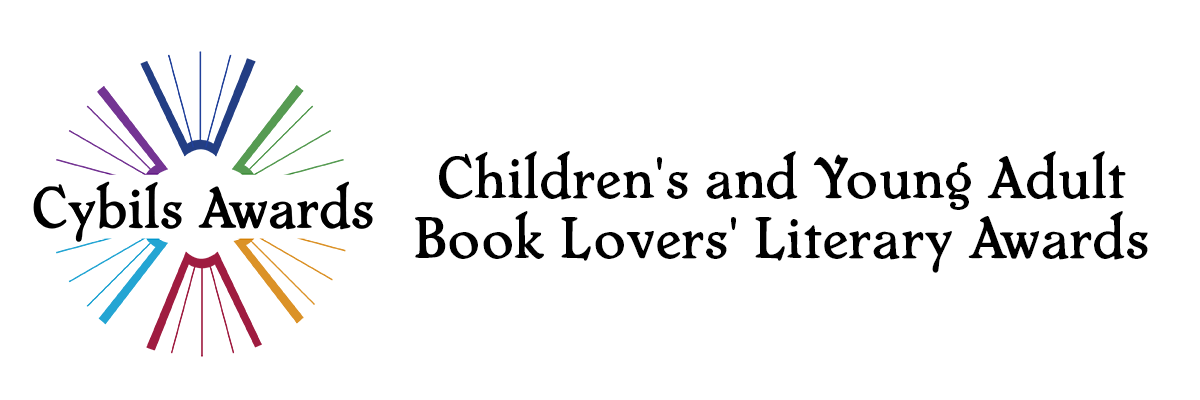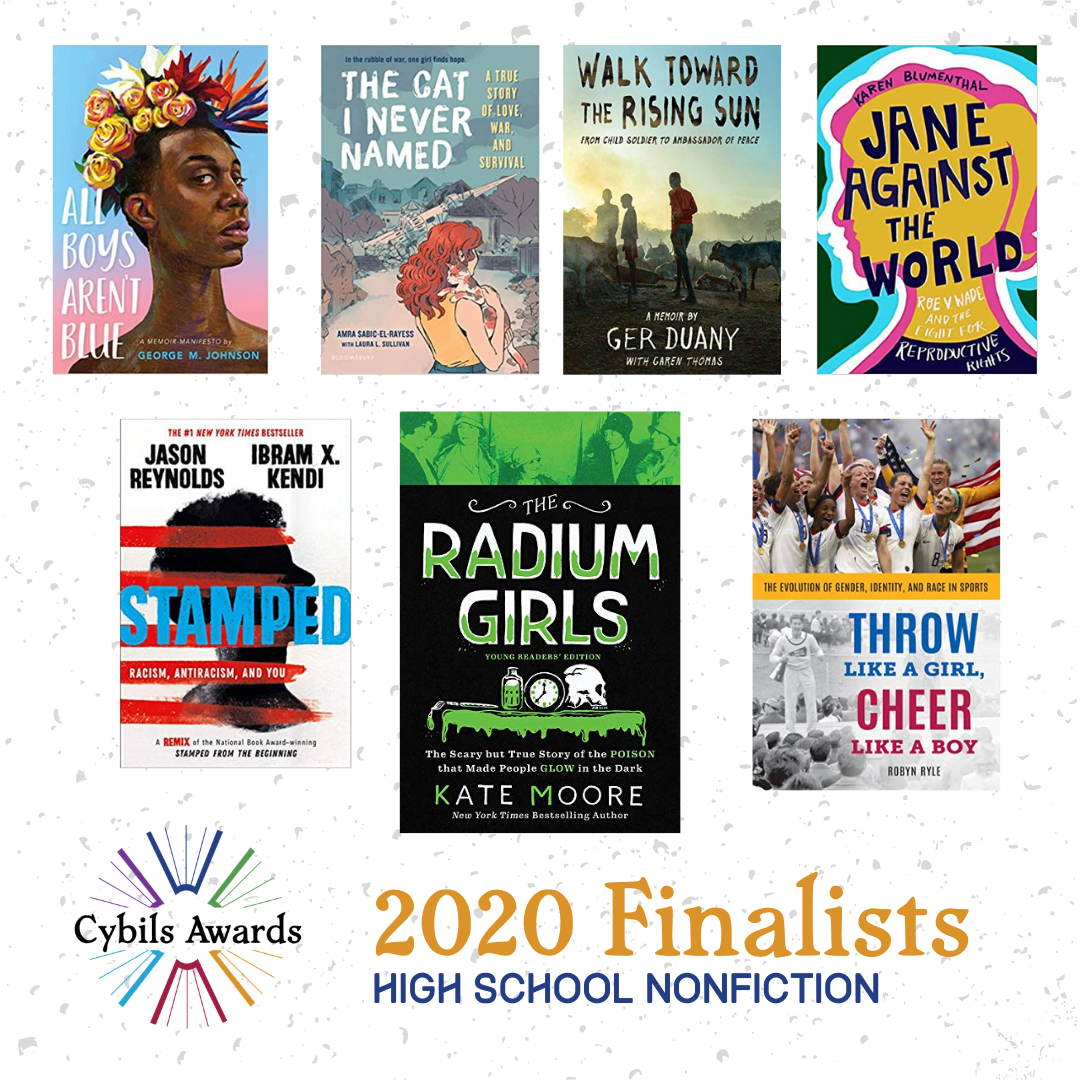 All Boys Aren’t Blue: A Memoir-Manifesto (Amazon, IndieBound)
All Boys Aren’t Blue: A Memoir-Manifesto (Amazon, IndieBound)by George M. Johnson
Farrar, Straus & Giroux
Nominated by: Patricia Tilton
After reading Johnson’s memoir twice, I remain impressed with his willingness to share his life with readers who so rarely get to see representations of Black queerness encouragingly and lovingly portrayed. Johnson revisits difficult childhood memories, from having his teeth shattered by a bully to being sexually abused by a family member. He also recalls beautiful ones, from the steady love of his family in NJ to the empowering brotherhood of his fraternity at a HBCU in Virginia. Throughout the telling of his story, Johnson remains aware of its political significance. Growing up, the invisibility of Black queer lives in media affected him. For example, he shares that learning about sex from heteronormative pornography led to awkward, and painful, sexual encounters with men. Johnson’s memoir is mature but accessible and necessary. I hope it finds its way into the hands of the young adult readers who need it most.
Jane Against the World: Roe v. Wade and the Fight for Reproductive Rights (Amazon, IndieBound)
by Karen Blumenthal
Roaring Brook Press
Nominated by: Melanie Sumrow
JANE AGAINST THE WORLD: Roe v. Wade and the Fight for Reproductive Rights provides high school and older readers with a thoroughly researched and compellingly written history of reproductive rights from ancient to modern times. Tracing the treatment of women (and their reproductive function) over time, the book introduces key players on all sides of the debates and weaves in facts about biology, eugenics, and politics. It vividly describes the world before contraception was widely available or legal, and the steps eventually leading to the legalization of abortion in the United States. All this provides much-needed context and background for understanding the stakes and themes of today’s debates about abortion and women’s rights. Helpful back matter includes a glossary, timeline, annotated legal cases, and sources.
The Radium Girls Young Reader’s Edition: The Scary But True Story of the Poison that Made People Glow in the Dark (Amazon, IndieBound)
by Kate Moore
Sourcebooks eXplore
Publisher/ Author Submission
Moore brings history to life in this story about hundreds of young women who found financial freedom painting watch dials for a generous wage in the 1910s and 20s. Sadly, these young women were soon plagued with health issues that often led to death. It turns out they were painting with poison. The radium-based paint they used found its way into their bones with devastating consequences. Moore balances the politics and emotions of the situation brilliantly. This is a great book for readers interested in the history of corporate greed and labor activism.
Stamped: Racism, Antiracism, and You (Amazon, IndieBound)
by Jason Reynolds and Ibram X. Kendi
Little, Brown Books for Young Readers
Nominated by: Deb Nance at Readerbuzz
In 2016, author and historian at American University, Dr. Ibram X. Kendi’s, Stamped from the Beginning: The Definitive History of Racist Ideas in America was published in the adult market. It is 592 pages of dense writing persuasively chronicling American history through the lens of anti-Black racist ideas. Kendi wanted his book to be reinterpreted and rewritten for a young adult audience. He asked Jason Reynolds (the present National Ambassador of Young People’s Literature) to be the person to do that writing.
According to an interview with Jason Reynolds, he told Kendi “No” two different times. Reynolds said, “I know where I struggle. So, when Dr. Kendi asked me to do this, I said no because I have a lot of respect for him and his work. To take on something that I wasn’t quite certain I could manage or do justice to honestly felt irresponsible and disrespectful. I said no because I wasn’t a scholar. I wasn’t an academic. I wasn’t an exceptionally good student. I don’t know how to study. I don’t know how to research.” Kendi asked him again. Finally, Reynolds, said he would attempt it. For a long time, Reynolds went nowhere with the project. It was not until his editor told him to make the project his own that Reynolds was able to move forward.
Reynold’s “remix” of Stamped sources his own youthful ambivalence to school and speaks directly to his young adult readers. He is respectfully irreverent. He writes “this is not a history book”. Yes, it is the recounting of white men whose thoughts and words molded America into being a racist country. Reynold’s writing jumps out at its readers in a conversational, even humorous tone. Teens (and adults) will need to question the school history they have been taught. True to himself and Dr. Kendi, Reynolds manages to tell a very non-textbook drama without anger. Throughout the book it gives each of us a clear choice about how to approach life. These choices are given clearly in its ending words: …” reader (do you) want to be a segregationist (a hater), an assimilationist (a coward), or an anti-racist (someone who truly loves)?’’
That this book is challenging American society and classrooms is clear. One only has to read teachers’ Twitter feeds to see the number of parents who have objected to its use in classrooms.
The Cat I Never Named: A True Story of Love, War, and Survival (Amazon, IndieBound)
by Amra Sabic-El-Rayess and Laura L. Sullivan
Bloomsbury YA
Nominated by: Haley Shaffer
The Cat I Never Named is a book that packs a punch. A heartfelt, no-holds-barred memoir of events during the Bosnian civil war where the author and her family have many close calls with the horrors of war as the Serbs began an ethnic cleansing. But it is more than an accounting of those horrors; it is a story of love, survival, hope, of belief in peace, humanity, and family. Amra and so many others like her are thrown into a whole new world almost overnight, into a world where they are persecuted because of their faith, and those who they knew as friends and neighbors abandon them completely. In the midst of all this was the titular cat who serves as a source of comfort and hope through the ensuing years of war. This book is both a heartrending individual memoir of a teenager struggling to be one in horrific times, and a honest accounting of the Bosnian genocide, politics, and discrimination. Readers witness through Amra’s strong narrative just how dangerous hatred and discrimination based on race, religion, or ethnicity can be; and also learn how events like this bring out both the best and worst in humans. A very timely, inspirational, and gripping must-read nonfiction.
Throw Like a Girl, Cheer Like a Boy: The Evolution of Gender, Identity, and Race in Sports (Amazon, IndieBound)
by Robyn Ryle
Rowman & Littlefield Publishers
Nominated by: Ms. Yingling
Did you know that cheerleading was originally thought to be too macho for girls? This book delves into all the ways that our gender, sexuality, or race-based assumptions and expectations about people affect how we see their performance on the playing field, often ignoring what people are actually doing out there. Robyn Ryle uses clear sources and text to show how often the expectation comes first, and then the results are interpreted to fit what people wanted to see. Modern issues around transgender athletes, activist players, and homophobic announcers in different sports are all examined with a steady but light tone, showing how society and sports affect one another in ways we never think about.
Walk Toward the Rising Sun: From Child Soldier to Ambassador of Peace (Amazon, IndieBound)
by Ger Duany and Garen Thomas
Make Me a World
Nominated by: Joella Bagshaw
From the very first page, this memoir of a young man growing up in Sudan is filled with suspense. Walk Toward the Rising Sun tells the story of Ger Duany first as he struggles to survive and protect his family in an environment of scarcity and civil war, and then as he struggles to survive and connect in a life of abundance. Descriptions of hardships are lightened by hopeful and humorous moments, and themes of brotherhood and connection bind the book together. Dialogue is written like a screenplay, which brings an immediacy to the work. The well organized, crystal clear writing allows the remarkable story to take center stage. Descriptions of violence are not graphic, and profanity is only used in direct quotes and only a handful of times, making this an excellent choice for classrooms







